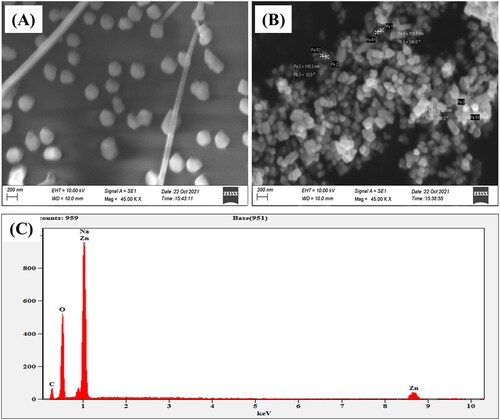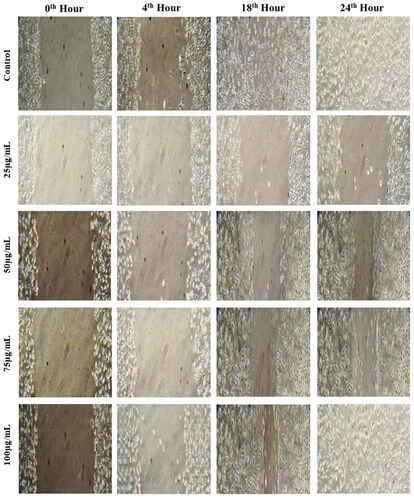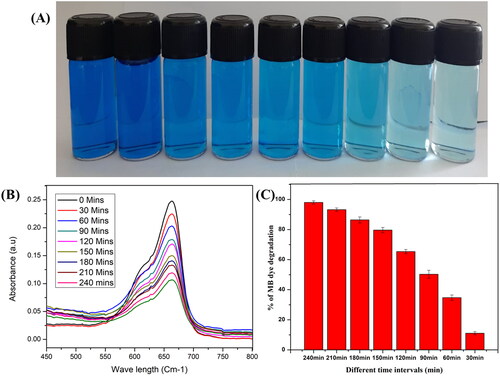Figures & data
Figure 1. Green synthesis of ZnONPs using Xylaria arbuscula fungal extract: (A) UV absorption spectrum of biologically synthesized ZnO nano particles, (B) XRD pattern of fabricated ZnONPs, and (C) FTIR spectrum of zinc oxide nanoparticles synthesized using fungal extract.
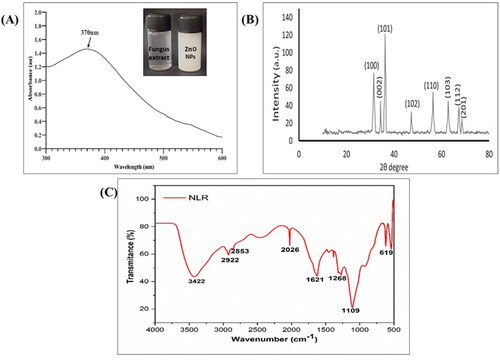
Figure 3. TEM Image of ZnONPs: (A) Green synthesized ZnONPs, (B) Enlarged view of a ZnONPs, (C) Dispersion of ZnONPs, (D) SAED Pattern, (E) Size distribution analysis of ZnONPs by dynamic light scattering (DLS), and (F) Surface zeta potential of synthesized ZnONPs.
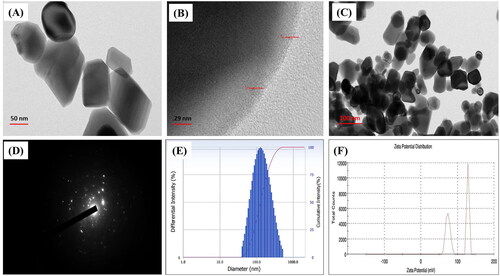
Table 1. DPPH Scavenging potential of biogenically synthesised ZnONPs.
Figure 4. Antimicrobial activity of green synthesized ZnONPs: (A) Antibacterial activity of synthesized ZnONPs through disc diffusion method, (B) Antifungal activity of ZnONPs against Candida albicans and Aspergillus niger.
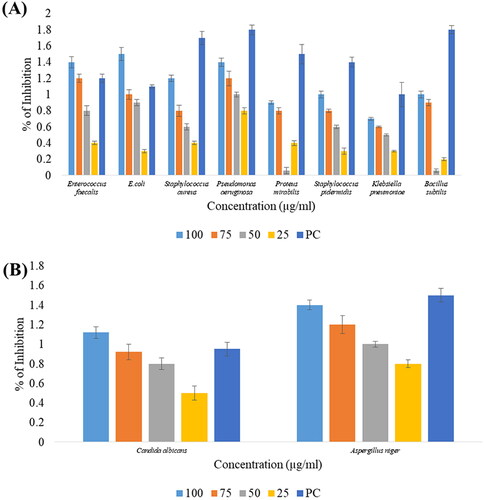
Table 2. Antibacterial activity of biologically synthesised ZnONPs.
Table 3. Antifungal activity of synthesised ZnONPs.
Table 4. In vitro α-amylase inhibitory activity of Bio fabricated ZnONPS.
Table 5. Albumin denaturation inhibition activity of biosynthesized ZnONPs.
Figure 5. In vitro cytotoxicity of synthesized ZnONPs against L929 cell lines at various concentrations.
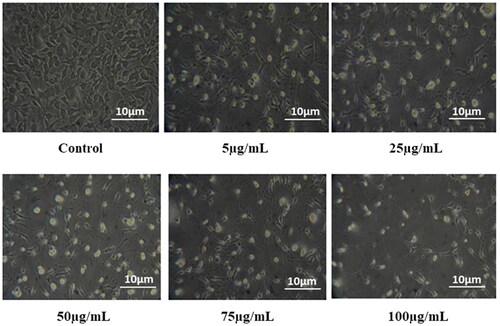
Table 6. Percentage of inhibition against the in vitro cytotoxicity of ZnONPs on L929 cell lines.
Figure 6. In vitro cytotoxic evaluation of L929 cells treated with biosynthesized ZnONPs by Acridine orange and Ethidium bromide staining (A) Control (B) Cells treated with ZnONPs.
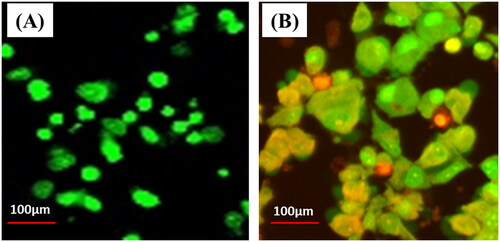
Table 7. Percentage of wound healing activity at different time intervals using varied concentrations of biosynthesized ZnONPs.
Data availability statement
All data were included in the manuscript file. The data that support the findings of this study are available from the corresponding author (P.K), upon reasonable request.

